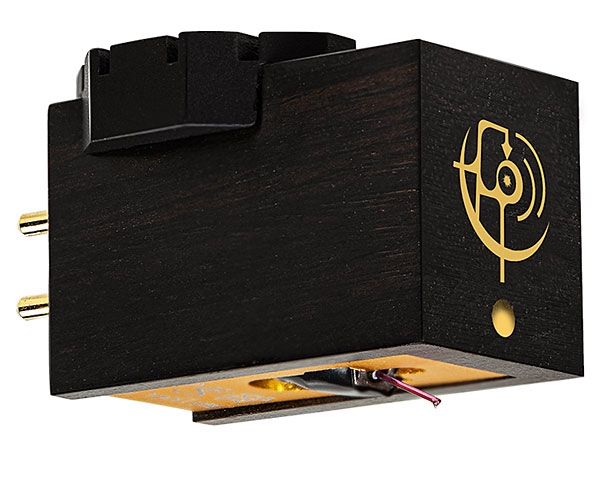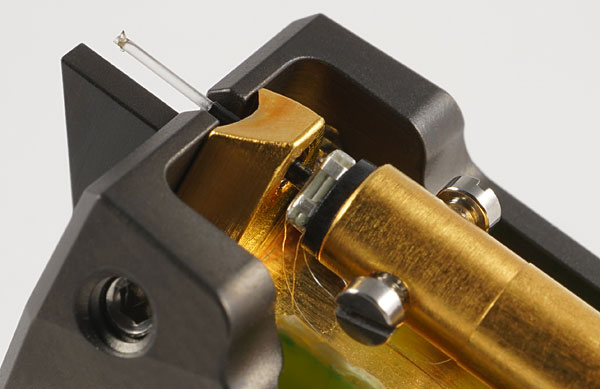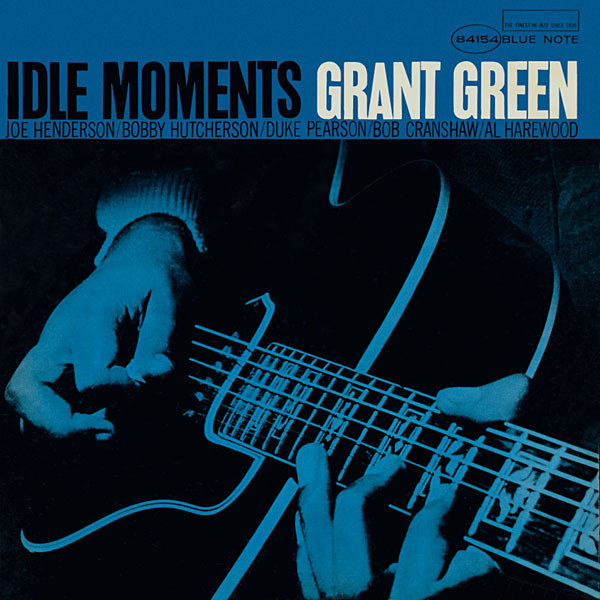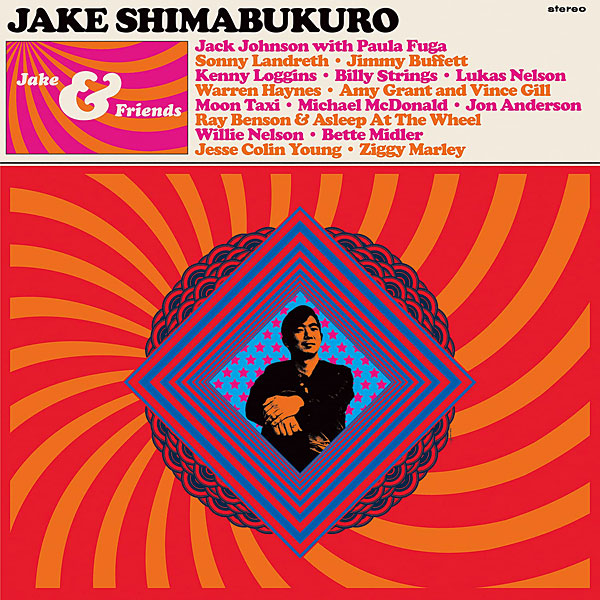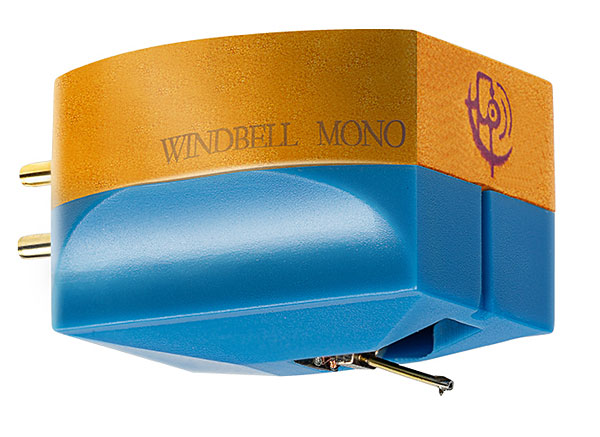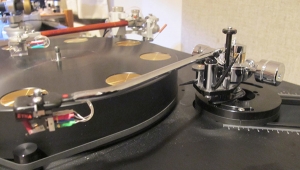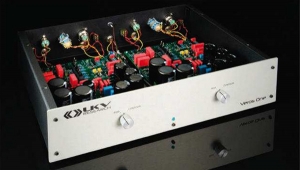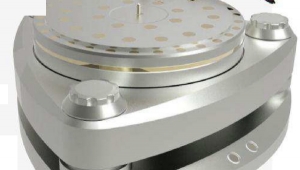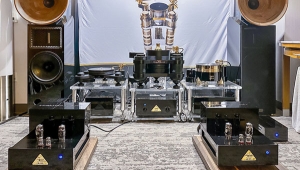| Columns Retired Columns & Blogs |
Hi
Surprised to note from a tonarm alignment expert saying "way too much work" in playing vinyl.
I do streaming too when I find bit tired at nite after my day work. I conveniently watch my favourite classical music performances on my 4KHD TV & HD sound hooked up to my audio system via YouTube.
CD? Noooo. I prefer streaming for better HD sound supplemented by HD vision.
Yes, vinyl sota takes more effort & energy to get it going. But it is more enjoyable & engaging. It worths the "too much work" involved to spend my days-off leisure hours.
Lisening is beleiving
Jack L
